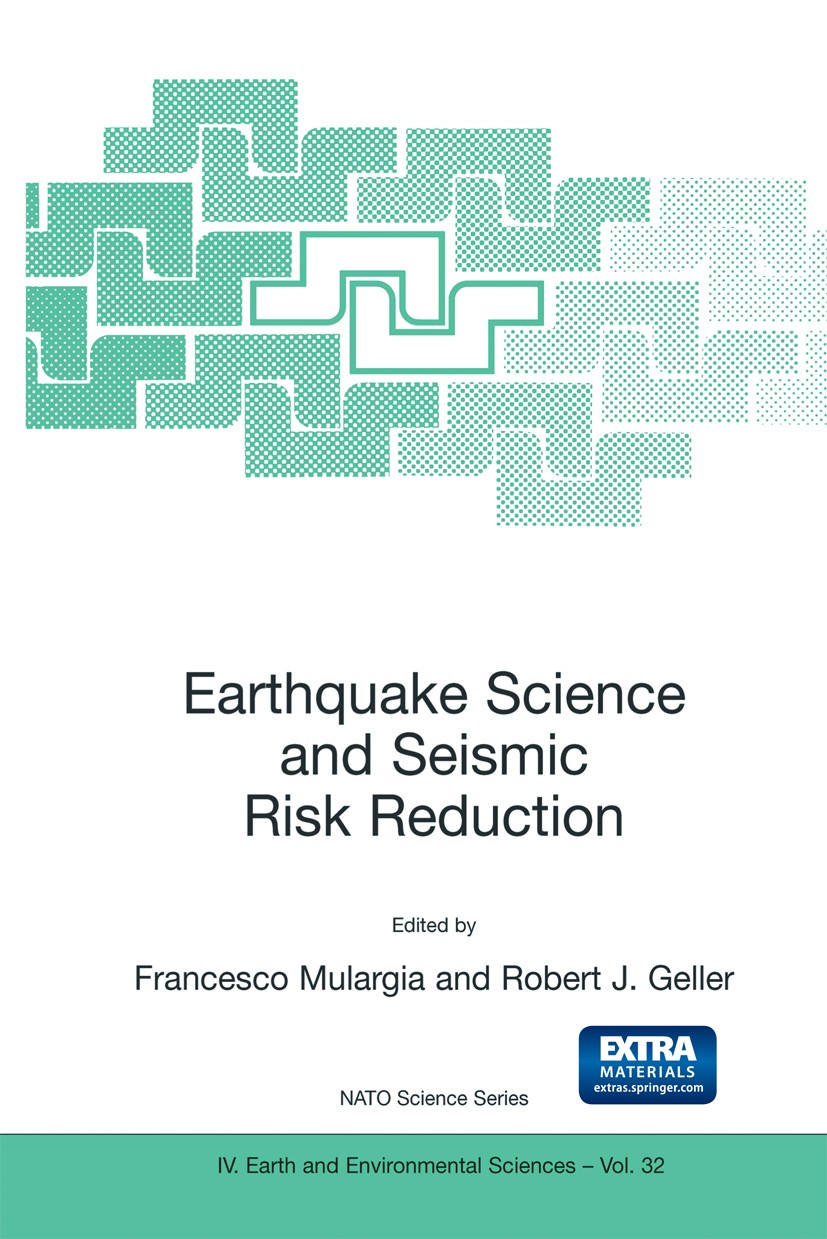| 书目名称 | Earthquake Science and Seismic Risk Reduction |
| 编辑 | Francesco Mulargia,Robert J. Geller |
| 视频video | http://file.papertrans.cn/301/300913/300913.mp4 |
| 概述 | Includes supplementary material: |
| 丛书名称 | NATO Science Series: IV: |
| 图书封面 |  |
| 描述 | What is the first thing that ordinary people, for whom journalists are the proxy, ask when they meet a seismologist? It is certainly nothing technical like "What was the stress drop of the last earthquake in the Imperial Valley?" It is a sim ple question, which nevertheless summarizes the real demands that society has for seismology. This question is "Can you predict earthquakes?" Regrettably, notwithstanding the feeling of omnipotence induced by modem technology, the answer at present is the very opposite of "Yes, of course". The primary motivation for the question "Can you predict earthquakes?" is practical. No other natural phenomenon has the tremendous destructive power of a large earthquake, a power which is rivaled only by a large scale war. An earth quake in a highly industrialized region is capable of adversely affecting the econ omy of the whole world for several years. But another motivation is cognitive. The aim of science is ‘understanding‘ nature, and one of the best ways to show that we understand a phenomenon is the ability to make accurate predictions. |
| 出版日期 | Book 2003 |
| 关键词 | earthquake; earthquake prediction; hazard; land use; printPDF HB 1-4020-1777-4 available; seismic |
| 版次 | 1 |
| doi | https://doi.org/10.1007/978-94-010-0041-3 |
| isbn_softcover | 978-1-4020-1778-0 |
| isbn_ebook | 978-94-010-0041-3Series ISSN 1568-1238 |
| issn_series | 1568-1238 |
| copyright | Springer Science+Business Media Dordrecht 2003 |
 |Archiver|手机版|小黑屋|
派博传思国际
( 京公网安备110108008328)
GMT+8, 2025-11-16 14:30
|Archiver|手机版|小黑屋|
派博传思国际
( 京公网安备110108008328)
GMT+8, 2025-11-16 14:30


